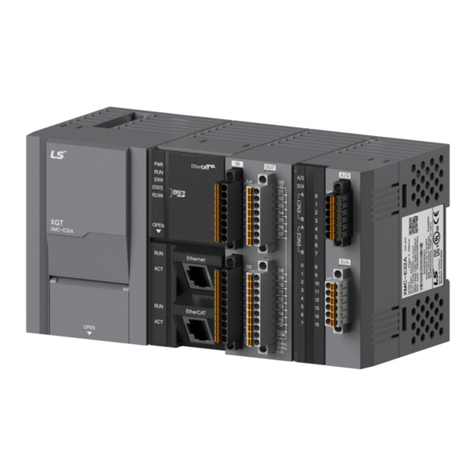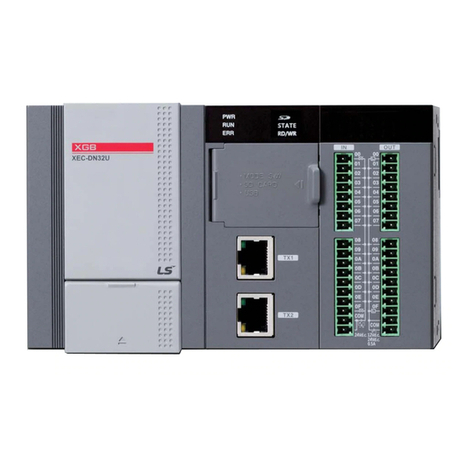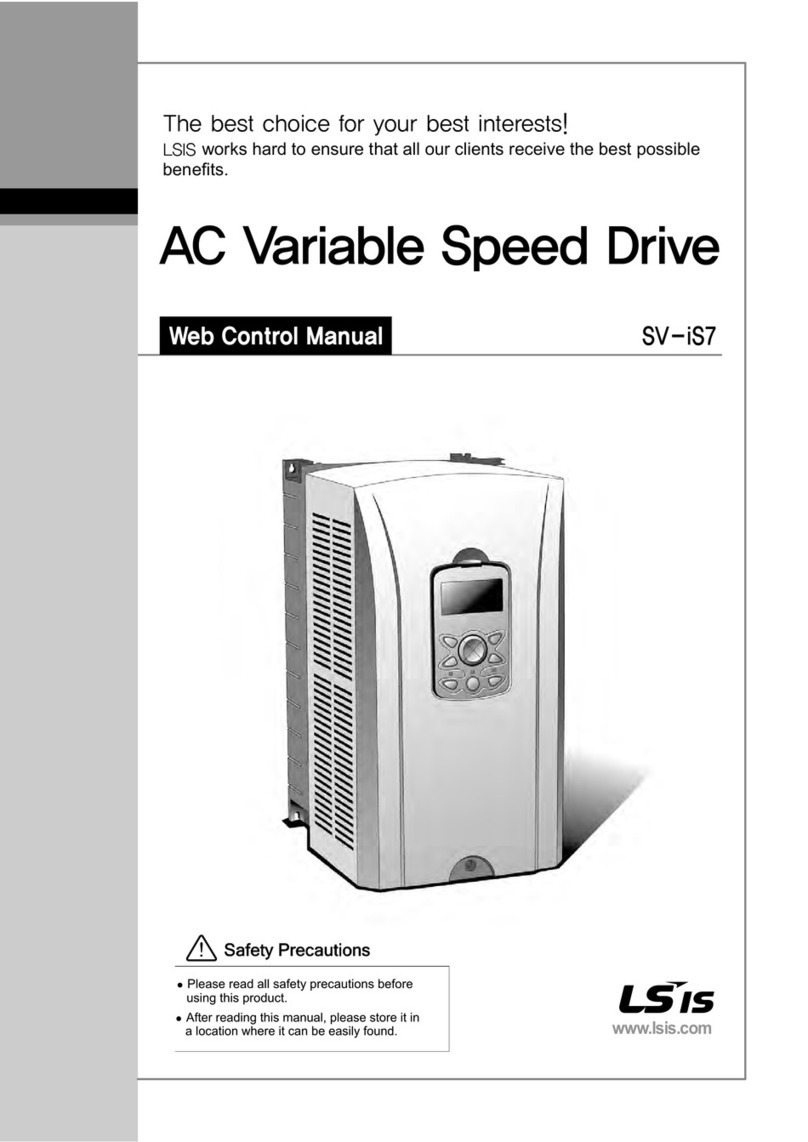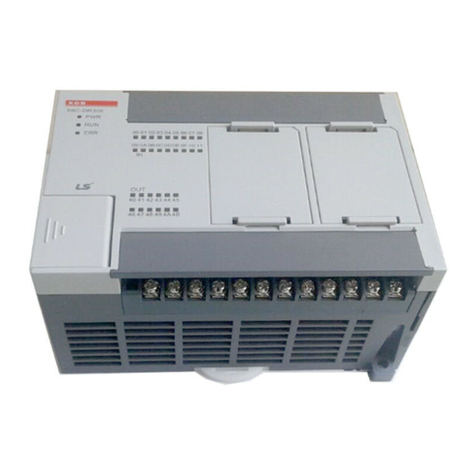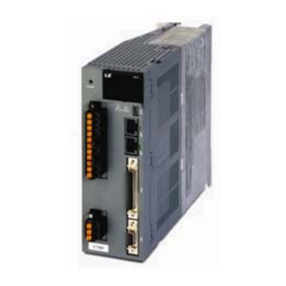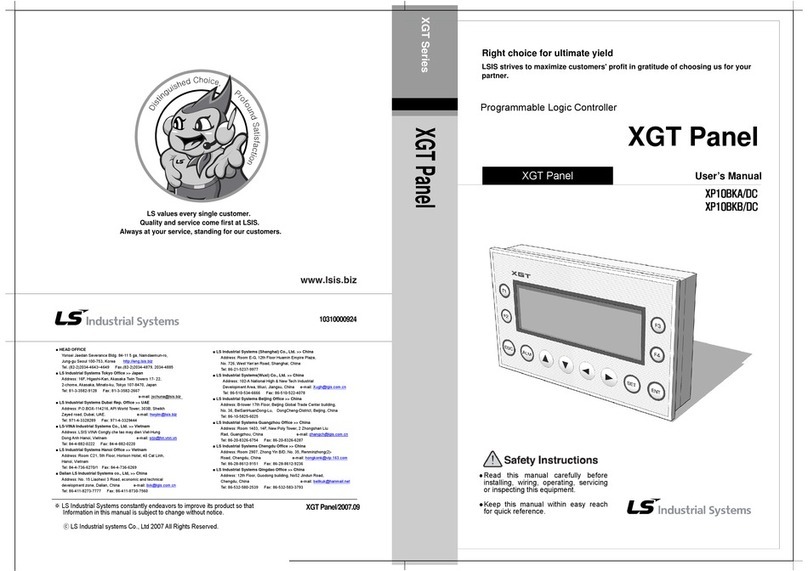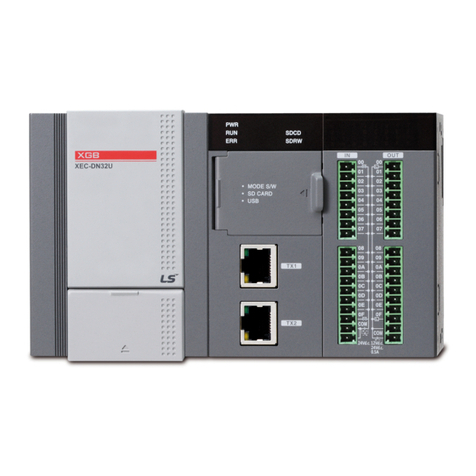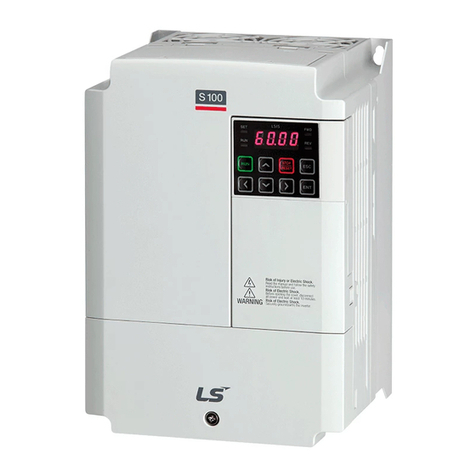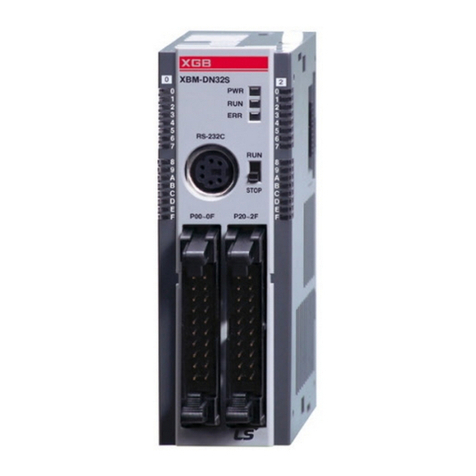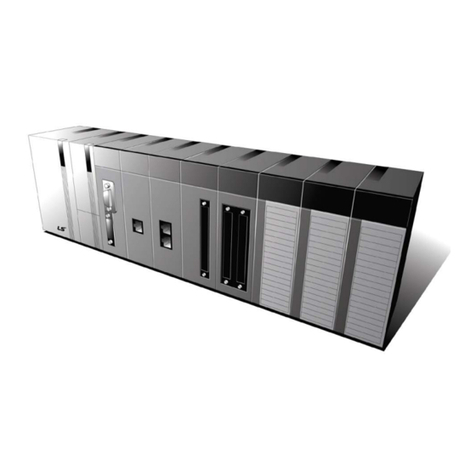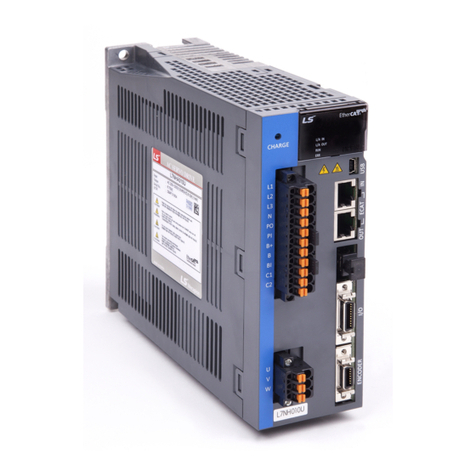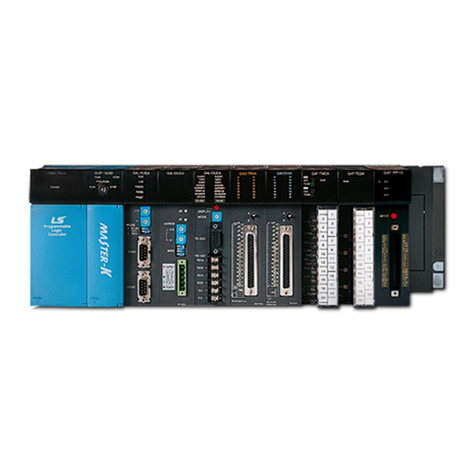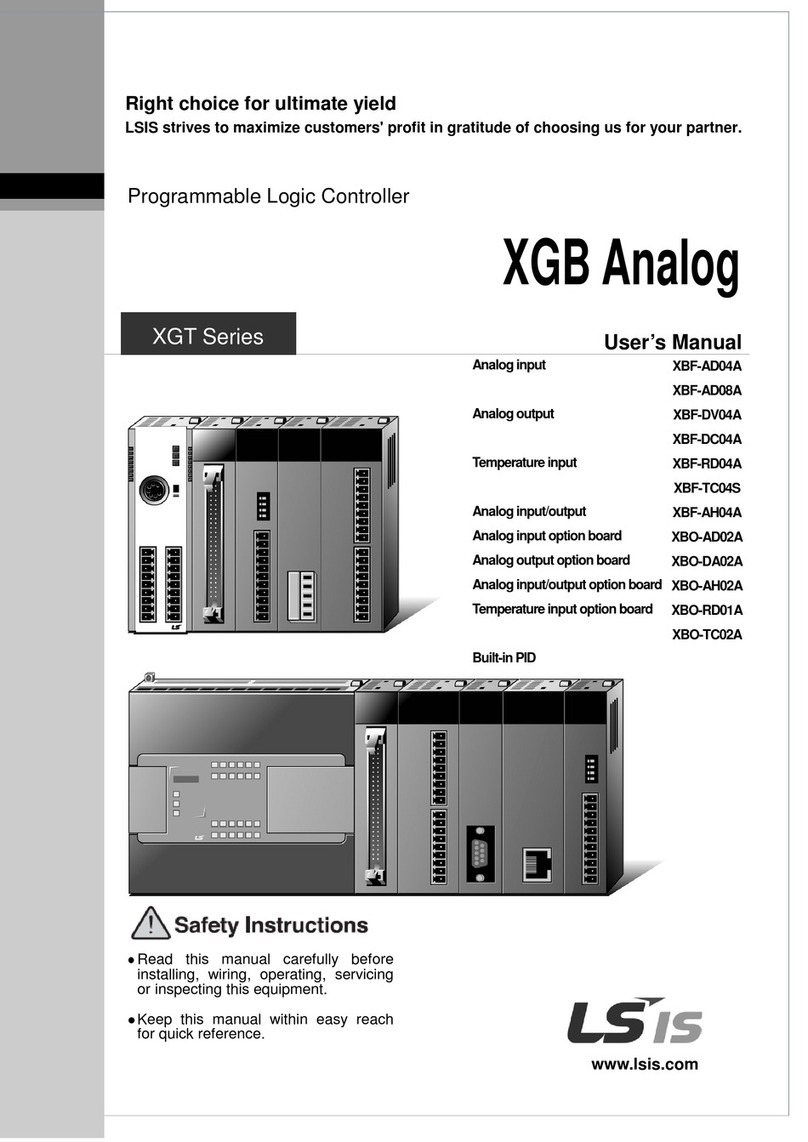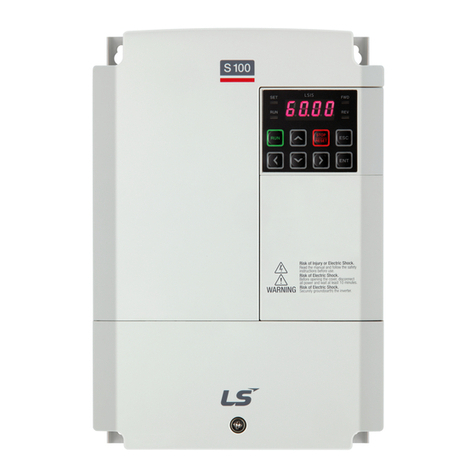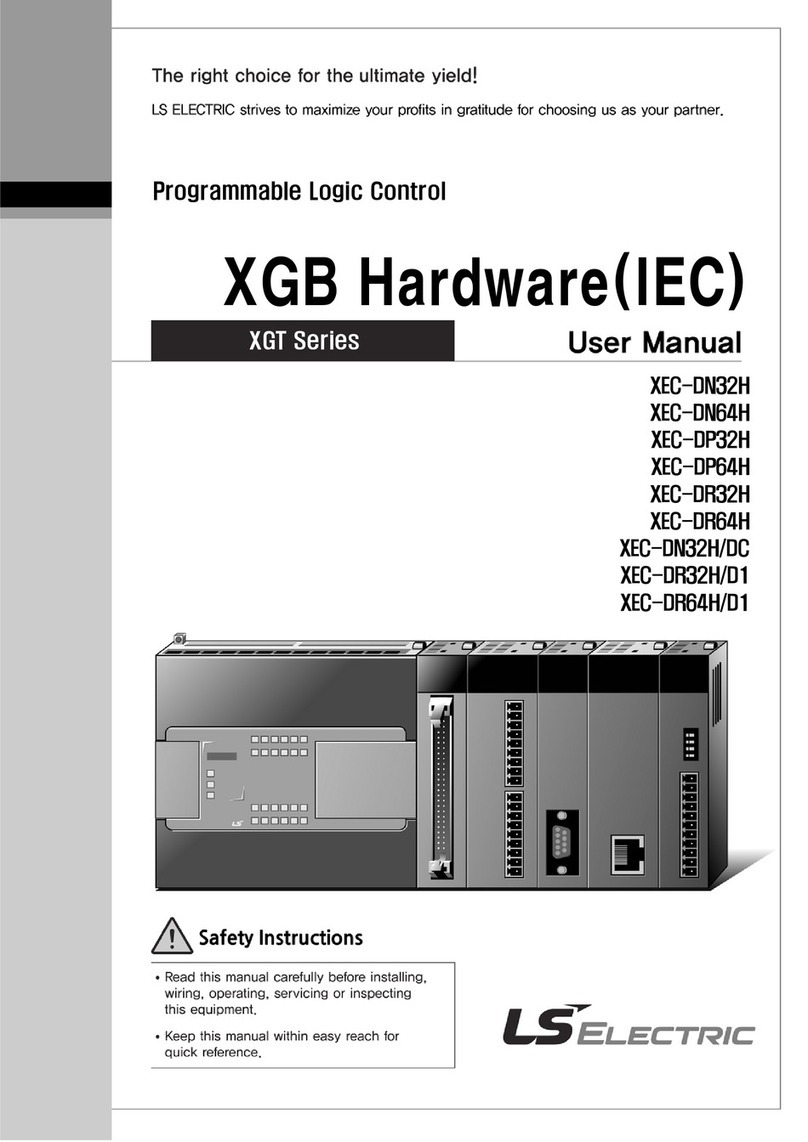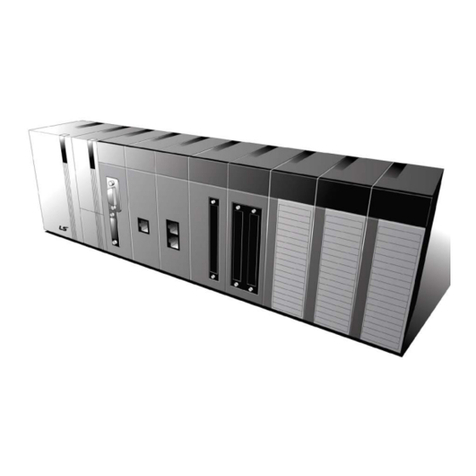4.5 Battery .................................................................................................................4-8
4.5.1 Battery specification ...................................................................................................4-8
4.5.2 Notice in using............................................................................................................4-8
4.5.3 Life of battery..............................................................................................................4-8
4.5.4 How to change the battery .........................................................................................4-9
Chapter 5 Program Configuration and Operation Method..................5-1~5-28
5.1 Program Instruction ..............................................................................................5-1
5.1.1 Program execution methods ....................................................................................5-1
5.1.2 Operation processing during momentary power failure ...........................................5-2
5.1.3 Scan time ..................................................................................................................5-3
5.1.4 Scan Watchdog timer ...............................................................................................5-4
5.2 Program Execution ...............................................................................................5-5
5.2.1 Configuration of program ..........................................................................................5-5
5.2.2 Program execution methods......................................................................................5-5
5.2.3 Interrupt .....................................................................................................................5-7
5.3 Operation Mode .................................................................................................5-19
5.3.1 RUN mode ..............................................................................................................5-19
5.3.2 STOP mode ............................................................................................................5-20
5.3.3 DEBUG mode .........................................................................................................5-20
5.3.4 Change operation mode .........................................................................................5-24
5.4 Memory................................................................................................................5-25
5.4.1 Program memory ....................................................................................................5-25
5.4.2 Data memory............................................................................................................5-26
5.4.3 Data retain area setting ..........................................................................................5-26
5.4.4 Data Memory Map....................................................................................................5-28
Chapter 6 CPU Functions......................................................................6-1~6-24
6.1 Type Setting .........................................................................................................6-1
6.2 Parameter Setting ................................................................................................6-2
6.2.1 Basic parameter setting ............................................................................................6-2
6.2.2 I/O parameter setting ................................................................................................6-3
6.3 Self-diagnosis Function ........................................................................................6-4
